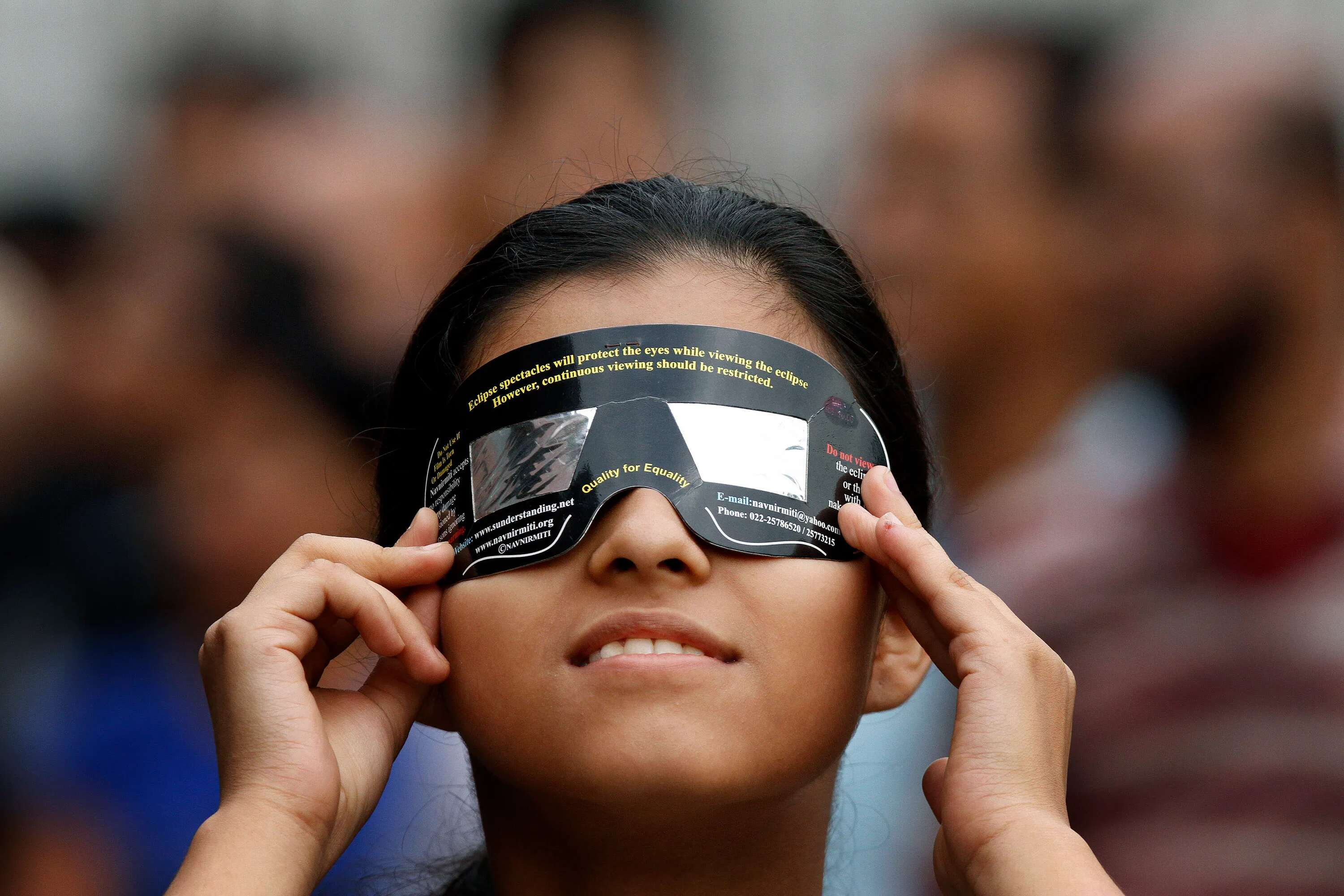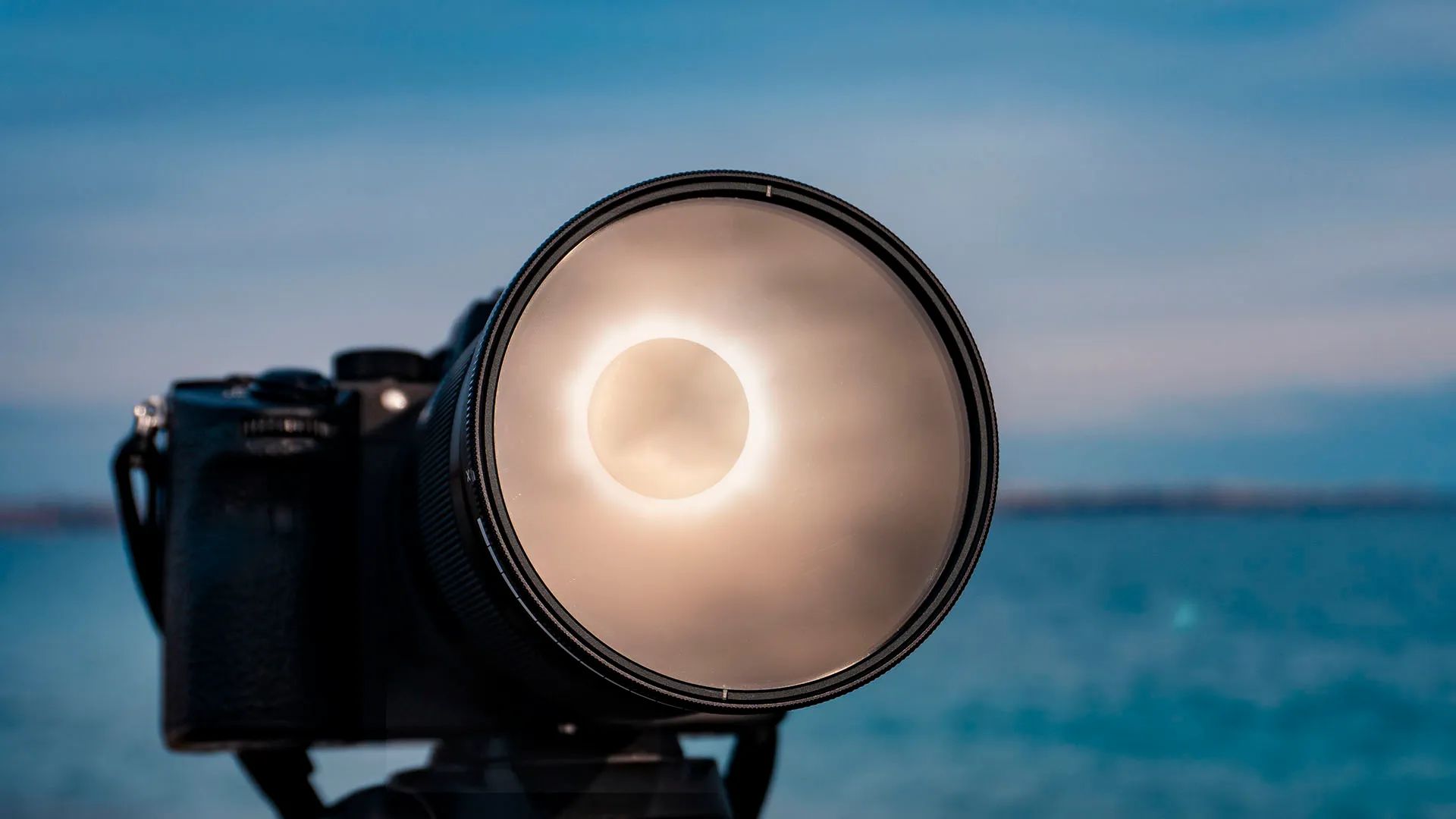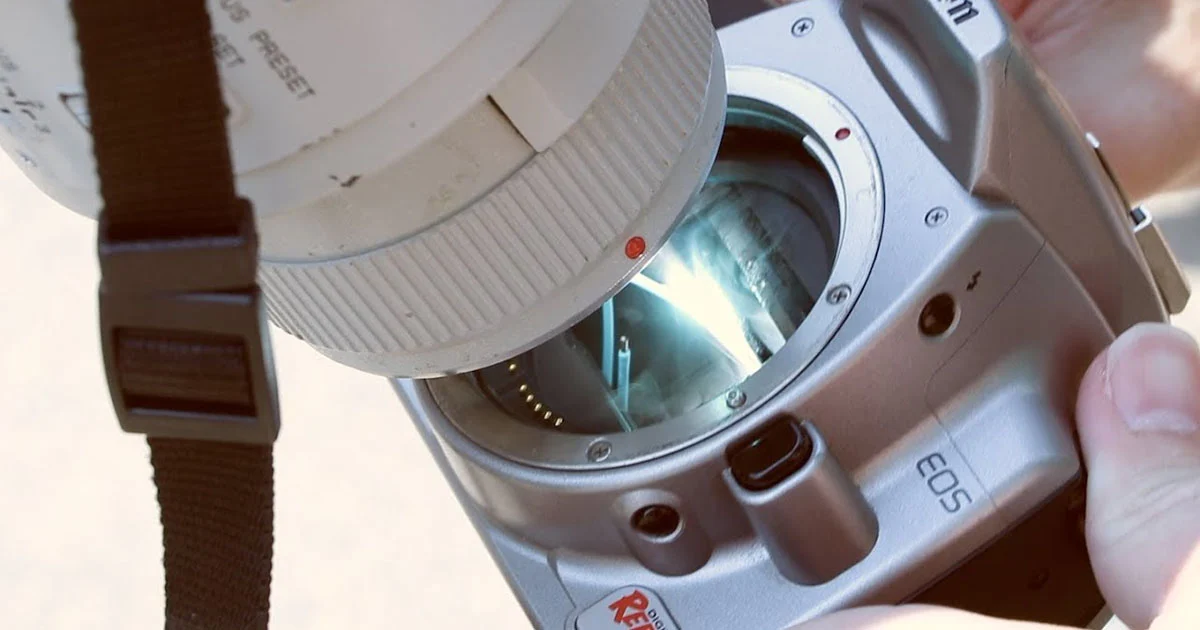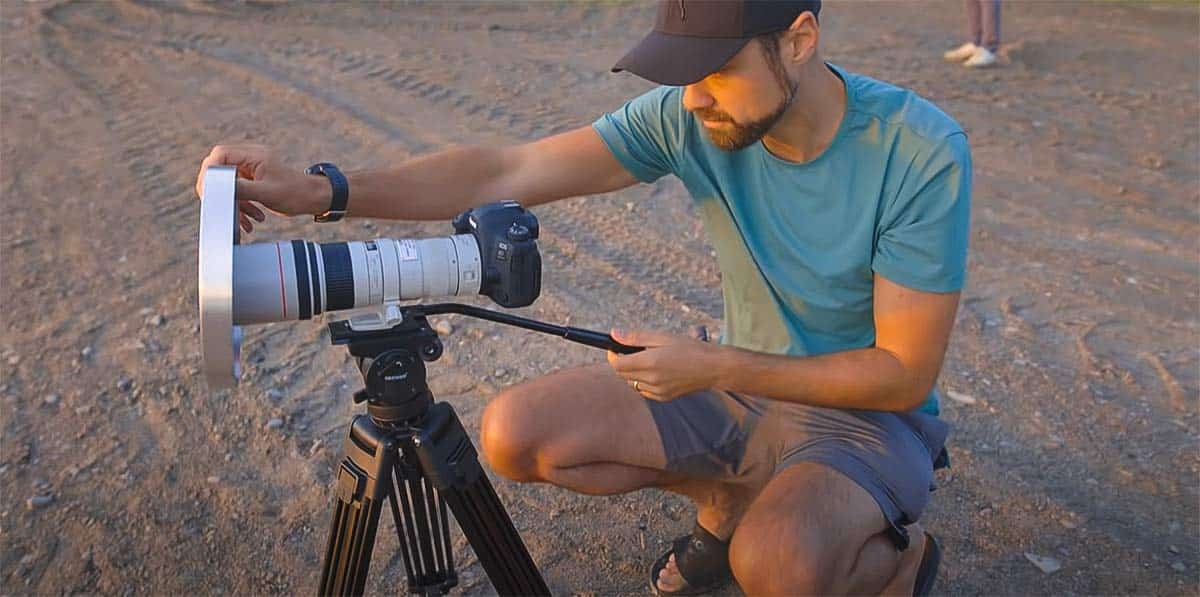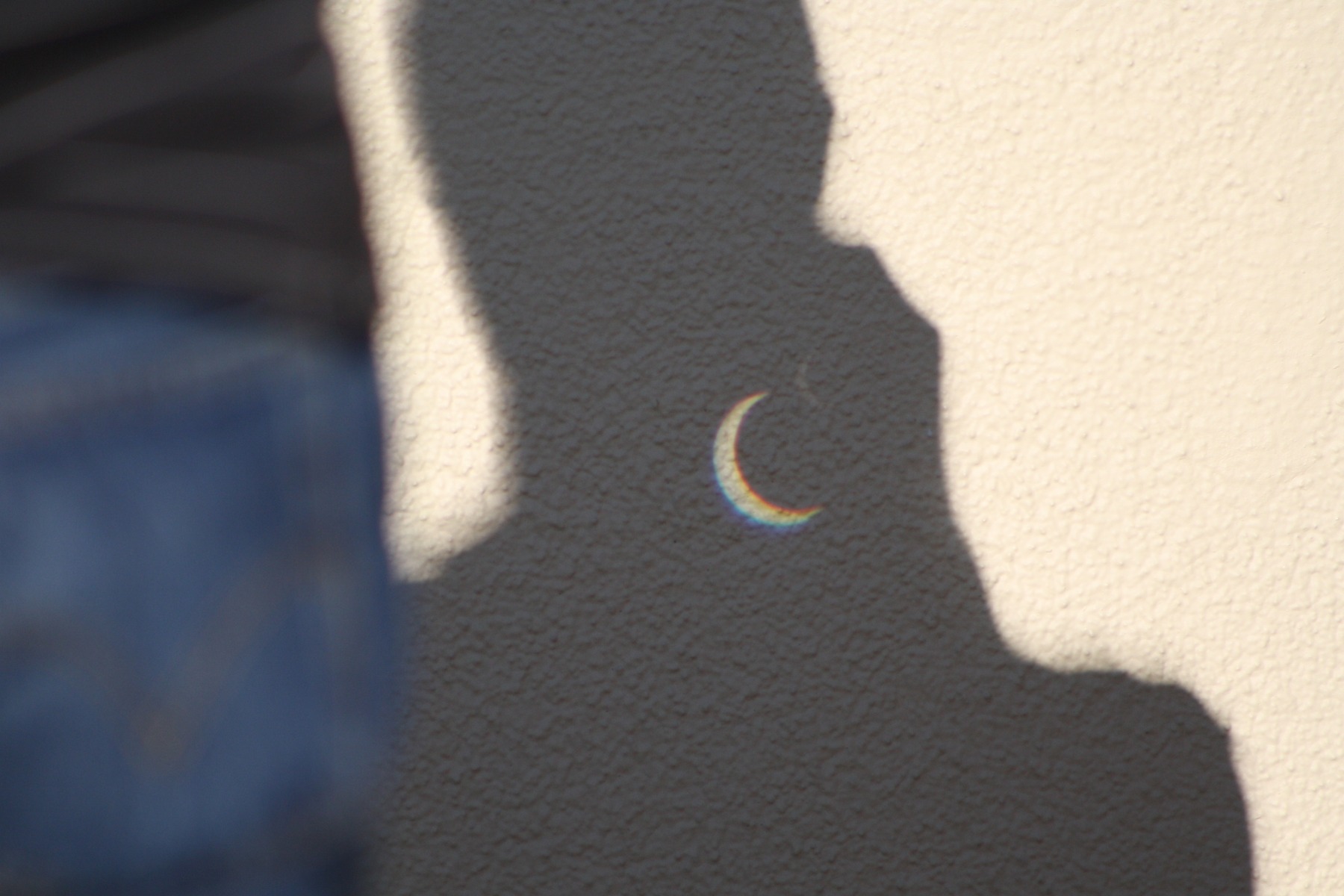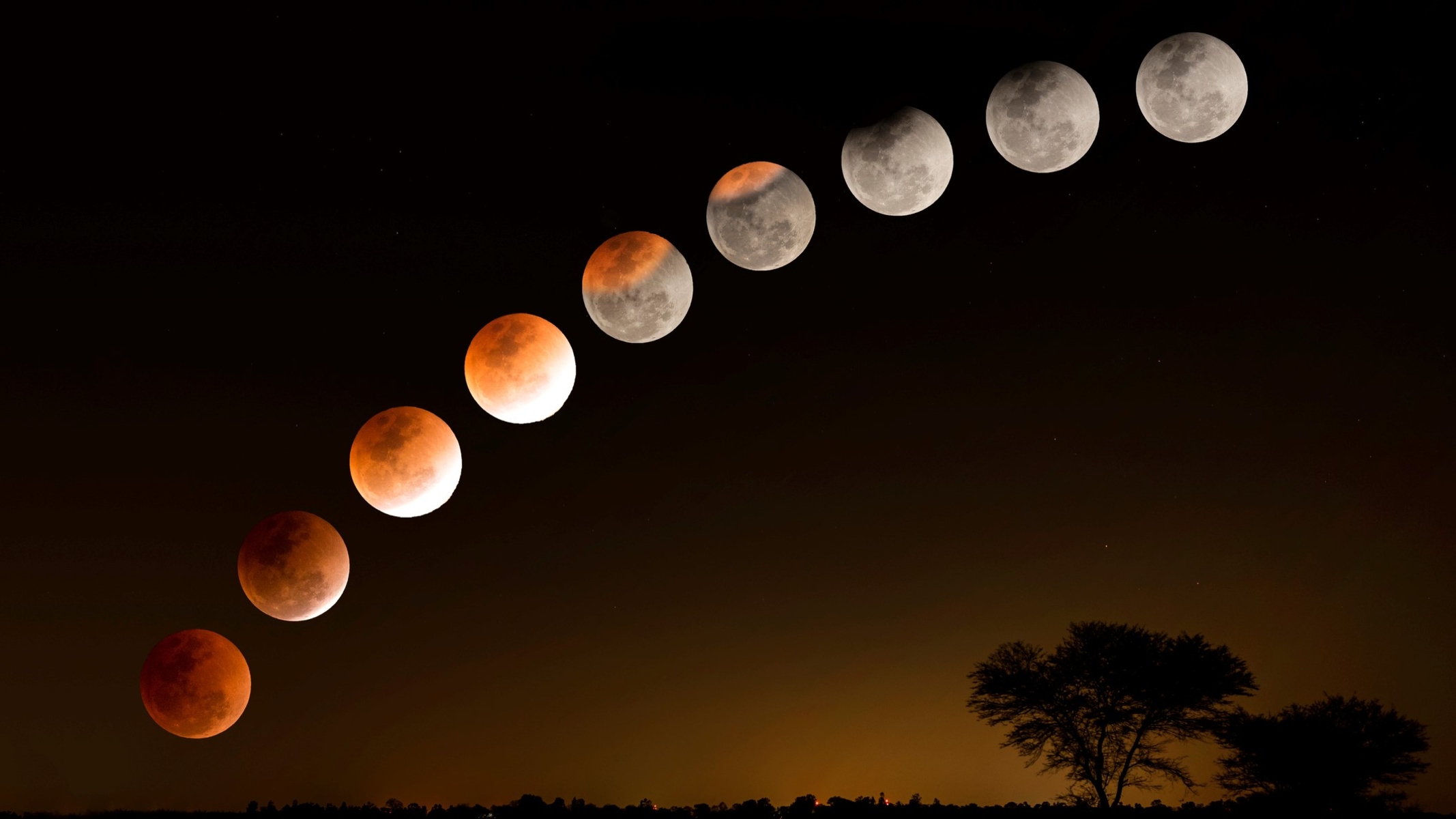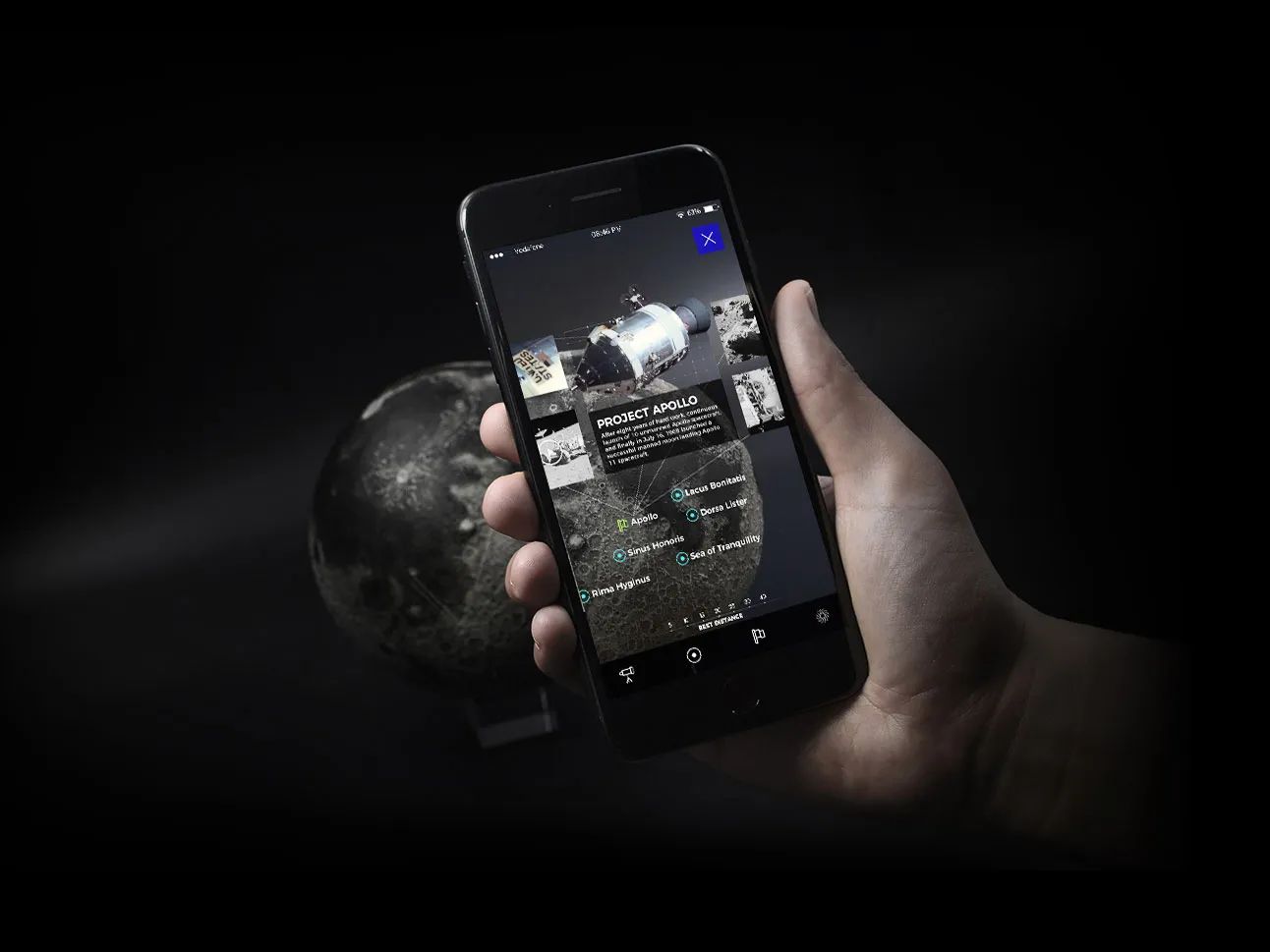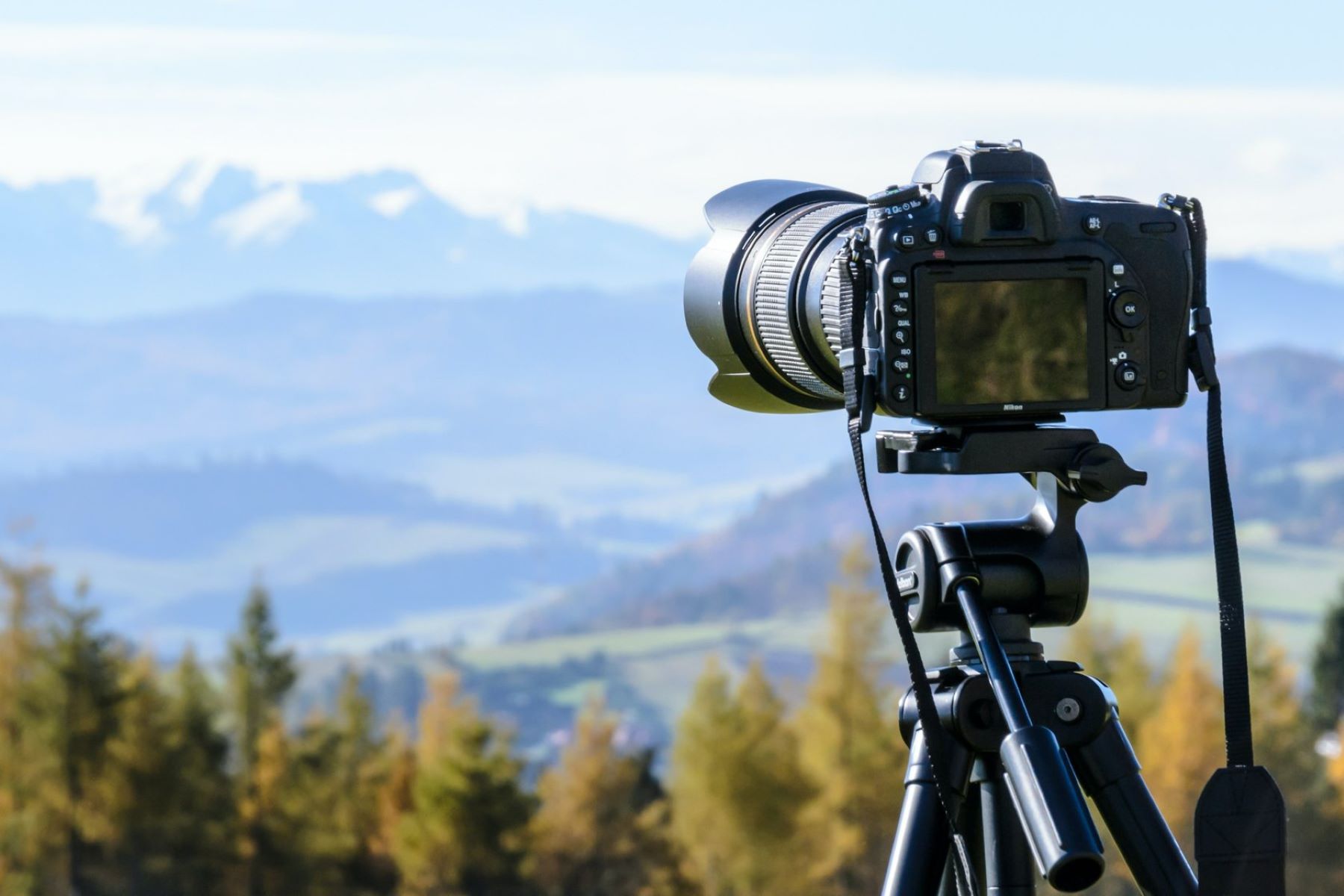Introduction
Welcome to the exciting world of solar eclipses! These awe-inspiring celestial events have captivated humans for centuries, filling us with a sense of wonder and reminding us of the vastness of the universe. A solar eclipse occurs when the Moon passes between the Sun and the Earth, casting a shadow on our planet and momentarily blocking the Sun’s light.
During a solar eclipse, the sky darkens, the temperature drops, and a hush of anticipation fills the air. It is a rare and mesmerizing spectacle that offers a brief glimpse into the cosmic dance of celestial bodies.
If you have never witnessed a solar eclipse before, you are in for a treat. Not only is it a visual feast for the eyes, but it is also a powerful reminder of the interconnectedness of the universe and our place within it.
In this guide, we will provide you with a comprehensive overview of how to watch a solar eclipse, including safety precautions, equipment needed, choosing the perfect location, tips for a memorable viewing experience, and even capturing the eclipse through photography and viewing aids. Whether you are a seasoned astronomer or a casual sky-watcher, we hope to inspire you to embark on this extraordinary journey.
So, grab your eclipse glasses, set your alarm, and get ready to witness one of nature’s most breathtaking displays. Let’s embark on an adventure to experience the wonder of a solar eclipse.
What is a Solar Eclipse?
A solar eclipse is a celestial event that occurs when the Moon blocks the Sun’s light, casting a shadow on the Earth. It happens when the Moon, in its orbit around the Earth, aligns perfectly between the Sun and our planet. The alignment is precise, causing the Moon to appear to cover the Sun partially or completely from our vantage point on Earth.
There are three types of solar eclipses: total, partial, and annular. During a total solar eclipse, the Moon completely covers the Sun, creating a breathtaking sight as the Sun’s corona, the outermost layer of its atmosphere, is visible. In a partial solar eclipse, the Moon partially covers the Sun, creating a crescent-like shape. An annular eclipse occurs when the Moon is at a farther distance from the Earth, causing it to appear smaller and leaving a bright ring, or annulus, around the edges.
Solar eclipses are rare events and can only be witnessed in specific regions of the Earth. The path of totality, where a total solar eclipse is visible, is usually a narrow strip on the Earth’s surface. Outside of this path, people can observe a partial eclipse.
It is important to note that looking directly at the Sun during a solar eclipse can be extremely dangerous and can cause permanent eye damage. Special eye protection, such as certified eclipse glasses or solar filters, must be used to safely view the eclipse. These glasses are designed to block harmful ultraviolet and infrared radiation, allowing you to observe the eclipse without harming your eyes.
Solar eclipses have fascinated and inspired humans for centuries. They have sparked scientific discoveries, cultural beliefs, and artistic expressions. Ancient civilizations often associated solar eclipses with various myths and legends, considering them as omens or supernatural events.
Now that we have a basic understanding of what a solar eclipse is, let’s explore when the next solar eclipse will occur and how we can safely observe and enjoy this incredible celestial phenomenon.
When is the Next Solar Eclipse?
If you’re eager to witness the magic of a solar eclipse, you’ll be delighted to know that these celestial events occur more frequently than you might expect. The timing and location of solar eclipses vary, providing opportunities for sky gazers around the world to experience this remarkable phenomenon.
The schedule of upcoming solar eclipses can be found in astronomical charts and publications. It is essential to stay updated to ensure you don’t miss out on the chance to witness one of nature’s most spectacular displays.
The exact dates and locations of solar eclipses can change, so it’s best to consult reliable sources such as NASA or reputable astronomy websites for the most accurate information. These sources not only provide the dates, but they also offer detailed maps and charts showing the path of totality and the regions where the eclipse will be visible.
Typically, a solar eclipse occurs every six months, but they are not visible from all parts of the Earth. The path of totality, where the eclipse is fully visible, can be quite narrow. However, even if you are not within the path of totality, you can still witness a partial eclipse depending on your location.
The next solar eclipse is an exciting event to look forward to. By checking the schedule and understanding the path of totality, you can plan ahead and make the necessary arrangements to ensure an unforgettable experience.
Remember, the anticipation and excitement of a solar eclipse build up in the months leading up to the event. It’s a great opportunity to connect with fellow sky enthusiasts, plan a trip to a prime viewing location, or organize an eclipse-watching party with friends and family.
As the next solar eclipse approaches, stay updated with the latest information, gather your eclipse glasses, and prepare to marvel at the incredible wonders of our universe.
Safety Precautions
While witnessing a solar eclipse can be a fantastic experience, it’s important to prioritize your safety during this celestial event. Looking directly at the Sun, even during a partial eclipse, can cause irreversible damage to your eyes. Therefore, taking proper safety precautions is crucial to protect your vision.
Here are some essential safety measures to keep in mind when observing a solar eclipse:
1. Use certified eclipse glasses: Regular sunglasses, homemade filters, or unverified solar viewers are not sufficient to protect your eyes. Use specialized eclipse glasses that are certified to meet international safety standards. Ensure that the glasses have the appropriate ISO 12312-2 certification label, which guarantees their effectiveness in blocking harmful solar radiation.
2. Inspect your eclipse glasses: Before using eclipse glasses, thoroughly inspect them for any scratches, holes, or damage. If you notice any defects, do not use them. It is better to be safe than sorry when it comes to protecting your vision.
3. Keep them on throughout the entire eclipse: Wear your eclipse glasses throughout the entire duration of the eclipse, even during the partial phases when the Sun is partially covered. Only when the Moon completely obscures the Sun during a total solar eclipse is it safe to remove your glasses temporarily to witness this extraordinary phenomenon directly.
4. Supervise children: Ensure that children are properly educated about the dangers of looking directly at the Sun during an eclipse. Supervise them closely to ensure they are using their eclipse glasses correctly and prevent any accidents or injury.
5. Beware of counterfeit glasses: Be cautious of counterfeit eclipse glasses that may not provide adequate protection. Purchase your eclipse glasses from reputable sources or trusted vendors to ensure their authenticity and effectiveness.
6. Use solar filters for cameras and telescopes: If you plan on capturing photographs or using telescopes to observe the eclipse, make sure to use certified solar filters specifically designed for these devices. Regular camera or telescope lenses can intensify the sunlight and cause severe damage to your eyes.
By adhering to these safety precautions, you can experience the wonder of a solar eclipse without compromising your eye health. Enjoy the celestial spectacle responsibly and cherish the memories of witnessing this rare and extraordinary event.
Step-by-Step Guide on Watching the Solar Eclipse
Watching a solar eclipse is a thrilling experience that requires some planning and preparation. To ensure you make the most of this celestial event, follow our step-by-step guide:
Step 1: Educate Yourself
Before the eclipse, take the time to educate yourself about the different types of solar eclipses, their characteristics, and the safety precautions to take. Understanding what to expect will enhance your overall experience.
Step 2: Check the Date and Time
Stay informed about the date and time of the upcoming solar eclipse. Visit reputable astronomy websites or consult astronomical charts to find the precise time when the eclipse will take place in your location.
Step 3: Equip Yourself with Eclipse Glasses
Obtain professional eclipse glasses that are ISO 12312-2 certified. These specialized glasses will protect your eyes from harmful solar radiation throughout the eclipse. Make sure everyone in your group has their own pair of glasses.
Step 4: Find a Suitable Viewing Location
Select a location with an unobstructed view of the sky, preferably away from tall buildings and trees. Parks, open fields, or higher elevation spots can make excellent choices. Plan ahead to ensure you have ample time to reach your viewing location.
Step 5: Arrive Early
Arrive at your chosen location at least an hour before the eclipse begins. This will give you plenty of time to set up your equipment, get comfortable, and soak in the atmosphere before the main event.
Step 6: Set Up Your Equipment
If you plan on taking photographs or using telescopes, set up your equipment in advance. Familiarize yourself with the proper use of solar filters to ensure you capture the eclipse safely.
Step 7: Wear Your Eclipse Glasses
Prioritize your eye safety and wear your eclipse glasses throughout the entire eclipse, except during the brief period of totality (only applicable during a total solar eclipse). Ensure that the glasses fit securely and block out all direct sunlight.
Step 8: Observe the Eclipse
As the eclipse progresses, keep your eyes protected and observe the fascinating changes in the sky. Take note of the darkening surroundings, temperature drop, and any visible changes in wildlife behavior. Enjoy the celestial spectacle.
Step 9: Capture Memories
If you have a camera or smartphone with you, capture the eclipse to keep the memories alive. Use certified solar filters or special eclipse photography techniques to capture stunning photographs of this rare astronomical event.
Step 10: Appreciate the Moment
Take a moment to pause, reflect, and appreciate the grandeur of the universe unfolding before your eyes. Witnessing a solar eclipse is a reminder of our small place in the vast cosmos and can evoke feelings of awe and wonder.
By following these steps, you will be well-prepared to watch and enjoy the beauty and splendor of a solar eclipse. Remember to share this experience with others and savor the memories for years to come.
Equipment You’ll Need
When preparing to watch a solar eclipse, there are a few essential pieces of equipment you’ll need to enhance your experience and ensure your safety:
1. Eclipse Glasses: Certified eclipse glasses are a must-have item for observing a solar eclipse. These specialized glasses have filters that block out harmful solar radiation, allowing you to look directly at the Sun without damaging your eyes. Ensure that the glasses you use are ISO 12312-2 certified and in good condition.
2. Binoculars or Telescopes: While not necessary for enjoying a solar eclipse, binoculars or telescopes can provide a closer and more detailed view of the eclipse. However, it’s crucial to use solar filters specifically designed for these optical devices to protect your eyes and prevent damage to the equipment.
3. Solar Filters for Cameras: If you want to capture stunning photographs of the solar eclipse, you’ll need solar filters for your camera lenses. These filters reduce the intensity of the sunlight, allowing you to capture the eclipse safely and clearly. Consult with photography experts or research specific techniques for photographing the Sun during an eclipse.
4. Tripod: Using a sturdy tripod can help stabilize your camera or other optical equipment, ensuring sharper and more steady images. Especially when using high zoom levels or long exposure settings, a tripod will help prevent any unwanted camera shake.
5. Smartphone Apps: There are numerous apps available for smartphones that can help you track the progress of the eclipse, provide information on the timing and location, and even offer educational content about solar eclipses. Install a reliable solar eclipse app to stay informed and make the most of the event.
6. Weather App and Protective Gear: Check the weather forecast before heading out to your chosen viewing location. Dress appropriately for the weather conditions and bring sunscreen, hats, umbrellas, and water to stay comfortable during the eclipse. Remember, safety should always be a priority.
7. Maps and Guides: Obtain detailed maps and guides that show the path of totality, the regions where the eclipse will be visible, and any recommended viewing locations. These resources will help you plan your trip and navigate to the best spot for witnessing the phenomenon.
Remember, always double-check the quality and authenticity of the equipment you use to ensure your safety. Avoid using homemade filters or uncertified glasses, as they may not provide adequate protection for your eyes. Invest in reliable equipment and follow the recommended precautions to make the most of your solar eclipse experience.
Choosing the Perfect Location
When preparing to watch a solar eclipse, choosing the right location is crucial to ensure optimal viewing conditions and a memorable experience. Here are some factors to consider when selecting the perfect spot:
1. Path of Totality: Determine if you are within the path of totality, where the eclipse will be fully visible. The path of totality is often a narrow strip on the Earth’s surface, so being within this region will provide the most breathtaking view of the fully covered Sun. If you’re outside the path of totality, you will still be able to see a partial eclipse, but the experience will be different.
2. Accessibility: Choose a location that is easily accessible and allows for convenient transportation to and from the site. Ensure there is ample parking if you’re driving or consider public transportation options. Additionally, if you plan to bring equipment, assess if the location allows for easy setup and stability.
3. Unobstructed View: Find a location with an unobstructed view of the sky, free from tall buildings, trees, or other obstacles. Parks, open fields, hilltops, or elevated areas can provide a clear line of sight and enhance your viewing experience.
4. Weather Conditions: Check the weather forecast for the day of the eclipse. Clear skies are ideal for observing an eclipse, so choose a location that has a higher chance of having good weather conditions. However, be prepared for unexpected weather changes and have appropriate protection like umbrellas or raincoats if needed.
5. Light Pollution: Consider the level of light pollution in the area. Light pollution from artificial lights can hinder your ability to see the eclipse clearly. Choose a location away from city lights or areas with minimal light pollution to maximize your visibility of the eclipse.
6. Amenities and Facilities: If you plan to spend an extended period at the chosen location, check for nearby amenities and facilities such as restrooms, food stands, or seating areas. It’s essential to be comfortable during the viewing, especially if you plan to stay for hours.
7. Crowd Considerations: Depending on your preference, take into account the expected crowd size at the location. Some people enjoy the festive atmosphere and networking opportunities that come with larger crowds. Others may prefer a more serene and intimate experience. Choose a location that aligns with your personal preference.
Remember to plan your journey in advance, allowing for ample time to reach your location and secure a good viewing spot. Check local regulations about access and any specific guidelines related to the chosen location. By considering these factors, you can select the perfect location to witness the solar eclipse and make it a truly unforgettable experience.
Tips for a Memorable Viewing Experience
Watching a solar eclipse is a rare and awe-inspiring event that deserves to be cherished. Here are some tips to ensure you have a memorable and enjoyable viewing experience:
1. Plan Ahead: Research the details of the eclipse, including the timing, duration, and location. Create a checklist of the equipment you’ll need and make sure everything is prepared and organized in advance.
2. Arrive Early: Get to your chosen viewing location well before the start of the eclipse. This will give you ample time to set up your equipment, find a comfortable spot, and immerse yourself in the ambiance as the eclipse unfolds.
3. Observe Nature’s Reactions: During a solar eclipse, nature can behave in peculiar ways. Pay attention to the changing light, temperature, and the behavior of birds and animals around you. These subtle changes can add to the enchantment of the experience.
4. Share the Experience: Invite family, friends, or fellow sky-watchers to join you in witnessing the eclipse. Sharing the event with others can enhance the joy and create lasting memories. Consider organizing an eclipse-watching party or joining a local astronomy club or group gathering.
5. Keep an Eclipse Journal: Bring a notebook or journal to record your thoughts, feelings, and observations during the eclipse. Note the time of various stages, descriptions of the sky, and any unusual phenomena you witness. This journal will serve as a precious memento and a fascinating record of your experience.
6. Immerse in the Moment: Put down your phone and immerse yourself fully in the eclipse experience. Instead of focusing on capturing the perfect photograph or video, take the time to appreciate the celestial spectacle unfolding before you. Engage your senses and be present in the moment.
7. Stay Safe and Protect Your Eyes: Follow all the necessary safety precautions to protect your eyes during the eclipse. Wear certified eclipse glasses or use proper solar filters at all times, except during the brief period of totality during a total solar eclipse. Safeguarding your vision is of utmost importance.
8. Embrace the Wonder: Allow yourself to be in awe of the grandeur and beauty of a solar eclipse. Surrender to the magnificence of the cosmic ballet unfolding above. Let the experience fill you with wonder and ignite a sense of curiosity about the mysteries of the universe.
9. Capture Memories: If you plan to take photographs or record videos of the eclipse, don’t forget to take a few moments to simply observe with your eyes and appreciate the celestial phenomenon firsthand. Balancing documentation and personal experience will create a more fulfilling and unforgettable memory.
10. Reflect and Appreciate: After the eclipse ends, take some time to reflect on the experience. Think about the emotions you felt, the beauty you witnessed, and the connections you made with others who shared the event with you. Appreciate the sheer magnitude of the universe and the privilege of being able to witness such a rare event.
By following these tips, you will create a memorable and meaningful experience while watching a solar eclipse. Embrace the wonder, stay safe, and allow yourself to be captivated by the extraordinary celestial spectacle unfolding in the sky.
Capturing the Eclipse: Photography and Viewing Aids
A solar eclipse presents a unique opportunity to capture stunning photographs and enhance your viewing experience with various aids. Here are some tips for capturing the eclipse and utilizing viewing aids:
1. Photography Equipment: To photograph the solar eclipse, you’ll need a camera with manual exposure settings. DSLR cameras or mirrorless cameras are recommended for their flexibility and control. Use a telephoto lens with a focal length of at least 200mm to capture the details of the eclipse.
2. Solar Filters: Never attempt to photograph the Sun without a solar filter. Solar filters specifically designed for cameras or telescopes are essential to protect your eyes and your equipment from the intense sunlight. Place the solar filter over the lens to reduce the brightness and capture clear images of the eclipse.
3. Tripod or Mount: Use a sturdy tripod or mount to keep your camera steady during long exposures. This will help prevent camera shake, producing sharper and more detailed images. A remote shutter release or a timer function can further minimize vibration when taking photos.
4. Practice in Advance: Familiarize yourself with your camera settings and practice photographing the Sun before the eclipse day. Experiment with different exposure settings, shutter speeds, and ISO to find the optimal settings for capturing the eclipse. Learning in advance will help you be prepared on the day of the event.
5. Eclipse-Viewing Glasses with Filters: Some innovative viewing aids are available that combine eclipse-viewing glasses with built-in solar filters for smartphones. These accessories allow you to observe the eclipse directly with your eyes while capturing photos or videos using your smartphone camera. They offer convenience and safety simultaneously.
6. Time-Lapse Photography: Consider taking a series of photos at regular intervals throughout the eclipse to create a time-lapse sequence. This technique can beautifully capture the progress and changes in the eclipse while showcasing the dynamic nature of the event.
7. Wide-Angle Landscape Shots: Don’t forget to capture the surrounding landscape during the eclipse. Include elements such as trees, mountains, or buildings to provide a sense of scale and context. Wide-angle lenses are ideal for capturing the overall scene and showcasing the eclipse in its celestial context.
8. Filters for Telescopes: If you plan to use a telescope for viewing or photography, make sure to use high-quality solar filters designed for telescopic use. These filters will allow you to observe the eclipse safely and capture detailed images of the Sun without risking damage to your eyes or equipment.
Remember, capturing the solar eclipse requires both technical skill and a creative eye. Experiment with different compositions, exposure settings, and angles to achieve unique and captivating photographs. Always prioritize your safety and protect your eyes and equipment with appropriate filters and aids.
Whether you choose to capture the eclipse through photography or utilize convenient viewing aids, these tools and techniques will enhance your overall experience, allowing you to relive the wonder of the solar eclipse for years to come.
Conclusion
A solar eclipse is a remarkable celestial event that offers a captivating and awe-inspiring experience for observers worldwide. As the Moon passes between the Sun and Earth, it creates a momentary spectacle that reminds us of the vastness and beauty of the universe we inhabit.
In this guide, we have explored the wonders of a solar eclipse, from understanding its nature and types to learning about safety precautions and equipment needed for a successful viewing. We have provided step-by-step guidance on planning your eclipse-watching experience, choosing the perfect location, and capturing the event through photography and viewing aids.
Witnessing a solar eclipse is a rare opportunity that invites us to pause, reflect, and connect with the wonders of the cosmos. It is a chance to embrace the harmony of celestial bodies and to marvel at the intricate dance of light and shadow that unfolds above us.
As you prepare to watch a solar eclipse, remember to prioritize your safety by using certified eclipse glasses, solar filters for cameras and telescopes, and by following all recommended guidelines. Take the time to fully immerse yourself in the experience, to appreciate the natural reactions of the environment, and to share the event with loved ones or fellow sky enthusiasts.
Whether it is your first time witnessing a solar eclipse or you are a seasoned observer, each eclipse offers a unique and enchanting experience. Embrace the wonder, be present in the moment, and allow the magic of the celestial spectacle to ignite your curiosity and sense of awe.
So, mark your calendar, gather your equipment, and find the perfect viewing location for the next solar eclipse. Let nature’s grand theater unfold before your eyes, and may your experience be nothing short of extraordinary.







